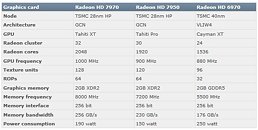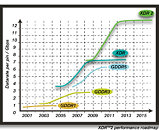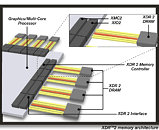
NVIDIA Releases GeForce 441.20 WHQL Drivers
NVIDIA today posted GeForce 441.20 WHQL software. The drivers come game-ready for "Star Wars Jedi: The Fallen Order," and "Stormland." This includes SLI support for the latest Star Wars game. NVIDIA also introduced support for CUDA 10.2 compute API. The list of G-Sync compatible monitors has been expanded with three more displays. Among the issues addressed with this release are geometry corruption on GTX 900-series "Maxwell" GPUs with "Red Dead Redemption" in Vulkan; G-Sync getting disengaged when V-Sync is disabled in "Red Dead Redemption." Vulkan-related errors with "The Surge" have also been fixed. There's also a surprising bug-fix, "Quake 3 Arena" appearing washed-out when color-depth is set to 16-bit. Performance drops with "CS: GO" have also been addressed. Grab the driver from the link below.DOWNLOAD: NVIDIA GeForce 441.20 WHQL Drivers






